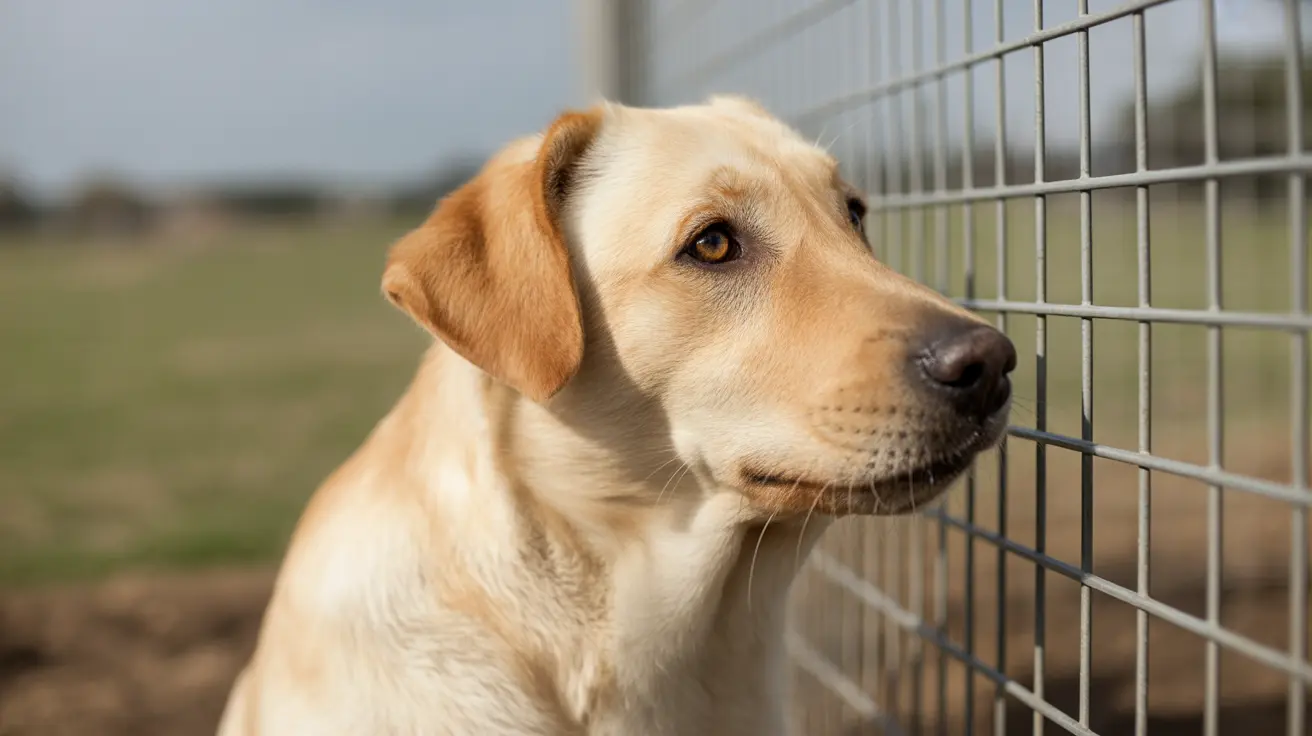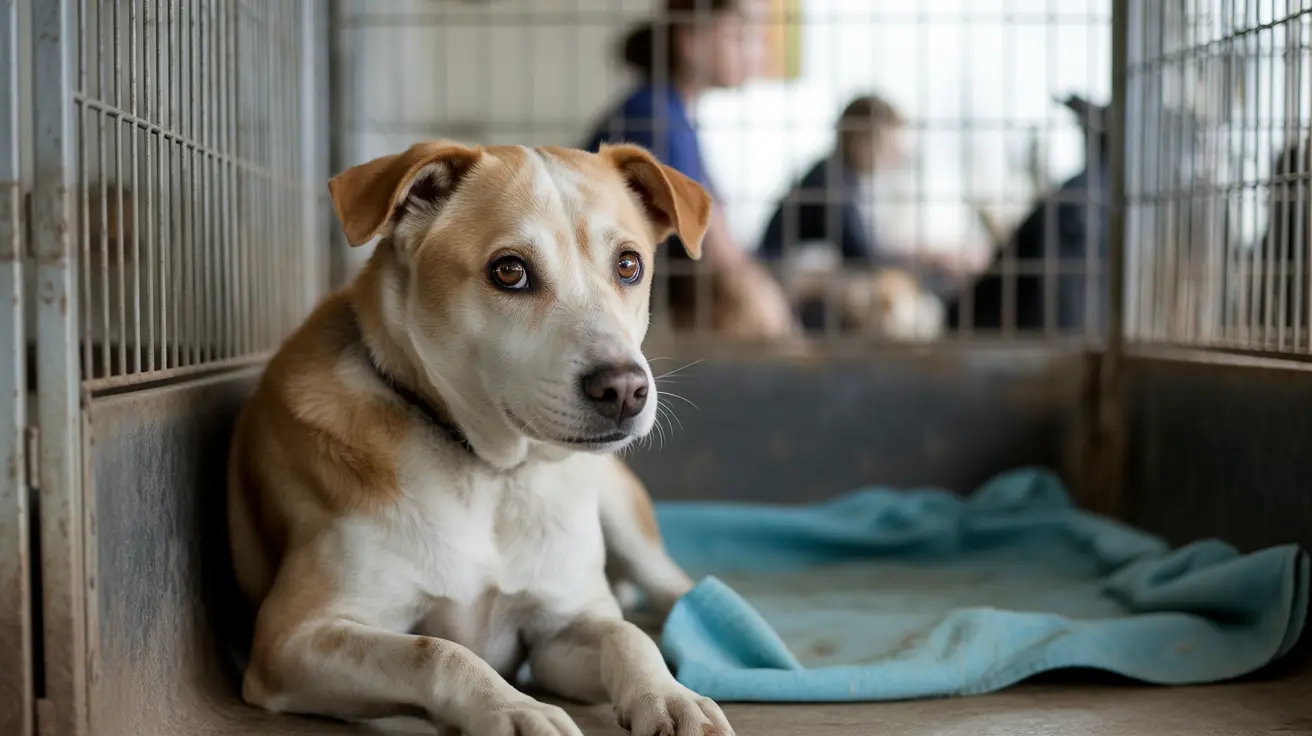When your feline friend experiences watery eyes, it can be concerning for any pet parent. Cat eye watering, medically known as epiphora, is a common condition that occurs when tears overflow from the eyes instead of draining normally. While sometimes harmless, it can also indicate underlying health issues that require attention.
Understanding this condition is crucial for maintaining your cat's eye health and overall well-being. Let's explore the causes, symptoms, and treatment options for watery eyes in cats, helping you make informed decisions about your pet's care.
Common Causes of Cat Eye Watering
Several factors can contribute to excessive tearing in cats:
Anatomical Causes
Certain breeds, particularly flat-faced (brachycephalic) cats like Persians and Himalayans, are naturally prone to watery eyes due to their facial structure. Their shortened nasal passages and tear duct formation can prevent proper tear drainage.
Medical Conditions
Various health issues can trigger excessive tearing, including:
- Conjunctivitis (pink eye)
- Upper respiratory infections
- Corneal injuries or ulcers
- Allergies
- Blocked tear ducts
- Eye infections
Recognizing Symptoms and Warning Signs
Watch for these telltale signs of epiphora in your cat:
- Persistent wetness around the eyes
- Reddish-brown staining beneath the eyes
- Matted fur around the eye area
- Eye redness or inflammation
- Changes in eye discharge consistency
- Pawing at the eyes or face
Diagnosis and Treatment Options
If you notice persistent eye watering in your cat, veterinary evaluation is essential. Your vet will likely perform several diagnostic tests, including:
- Physical examination of the eyes and surrounding tissue
- Tear duct evaluation
- Fluorescein dye testing
- Assessment for underlying infections or injuries
Treatment approaches vary based on the underlying cause:
- Antibiotics for bacterial infections
- Surgical correction for anatomical issues
- Tear duct flushing for blockages
- Regular cleaning and maintenance for breed-related cases
- Antihistamines for allergic reactions
Prevention and Home Care
While some causes of cat eye watering can't be prevented, you can take steps to minimize problems:
- Keep the eye area clean and dry
- Trim facial fur regularly in long-haired cats
- Maintain a dust-free environment
- Schedule regular veterinary check-ups
- Address eye issues promptly when noticed
Frequently Asked Questions
Why do my cat's eyes water excessively?
Excessive eye watering in cats can result from various factors, including anatomical issues, infections, allergies, or blocked tear ducts. Brachycephalic breeds are particularly susceptible due to their facial structure.
How can I diagnose and treat epiphora in cats?
Diagnosis requires veterinary examination, including tear duct evaluation and possible diagnostic tests. Treatment depends on the underlying cause and may include medications, surgery, or regular cleaning and maintenance.
Are certain breeds more prone to watery eyes in cats?
Yes, brachycephalic breeds like Persians, Himalayans, and Exotic Shorthairs are more susceptible to watery eyes due to their facial anatomy and shortened nasal passages.
How can I prevent and clean tear stains on my cat's fur?
Regular cleaning with pet-safe wipes, keeping facial fur trimmed, and maintaining good eye hygiene can help manage tear stains. Never use human eye products on cats.
What are the common causes of sudden changes in my cat's eye discharge?
Sudden changes in eye discharge may indicate infection, injury, or other health issues. If you notice changes in color, consistency, or volume of discharge, consult your veterinarian promptly.
Conclusion
While cat eye watering is common, it shouldn't be ignored. Understanding the causes and recognizing when to seek veterinary care is crucial for maintaining your cat's eye health. With proper diagnosis and treatment, most cases can be effectively managed, ensuring your feline friend's comfort and well-being.






